In our fast-paced world, quality sleep often takes a backseat. But what if you could optimize your rest using cutting-edge technology and scientific insights? This article explores how biohacking and artificial intelligence (AI) can revolutionize your sleep, leading to improved health and well-being.
Key Takeaways:
• Biohacking uses personalized lifestyle changes to optimize health and sleep
• AI-powered tools can help track and analyze sleep patterns
• Consistent sleep schedules and sleep-friendly environments are crucial
• Light exposure management is essential for regulating your body's internal clock
• Caffeine intake and pre-bed routines significantly impact sleep quality
In recent years, the concept of biohacking has gained traction as a way to take control of our health and well-being. When it comes to sleep, biohacking offers exciting possibilities for improving both the quantity and quality of our rest. By combining biohacking principles with AI-powered tools and strategies, we can unlock the secrets to better sleep and, in turn, enhance our overall health.
Understanding Biohacking and Sleep
Biohacking is all about making small, measurable changes to optimize our body's performance and well-being[1]. When applied to sleep, biohacking involves using various techniques and technologies to improve our rest. The goal is to work with our body's natural processes, particularly our circadian rhythm, to achieve more restorative sleep.
AI-Powered Sleep Tracking
One of the most significant advantages of modern sleep biohacking is the ability to use AI-powered tools to track and analyze our sleep patterns. Smart wearables and sleep apps can monitor various aspects of our sleep, including:
• Sleep duration• Sleep stages (light, deep, and REM sleep)• Heart rate and breathing patterns• Body temperature• Movement during sleep
These AI tools can provide detailed insights into our sleep quality and help identify areas for improvement[2].
Optimizing Your Sleep Environment
Creating a sleep-friendly environment is crucial for biohacking your rest. Consider the following strategies:
Temperature Control
AI-powered smart thermostats can automatically adjust your bedroom temperature to the ideal range for sleep (around 60-67°F or 15-19°C)[2].
Light Management
Use smart lighting systems that gradually dim in the evening and brighten in the morning to mimic natural light patterns. This helps regulate your body's internal clock[3].
Noise Reduction
White noise machines or AI-powered sound systems can create an optimal acoustic environment for sleep by masking disruptive noises.
Regulating Your Body Clock
Maintaining a consistent sleep schedule is one of the most effective ways to biohack your sleep. AI-powered apps can help you:
• Set personalized bedtime reminders• Track your sleep consistency• Provide recommendations for gradual adjustments to your sleep schedule
Remember, consistency is key – try to go to bed and wake up at the same time every day, even on weekends[2].
Managing Light Exposure
Light plays a crucial role in regulating our sleep-wake cycle. To biohack your sleep using light:
• Get exposure to natural light in the morning to help wake up your body• Use blue light filtering apps or glasses in the evening to reduce exposure to sleep-disrupting light from screens• Consider using a light therapy lamp during darker months to maintain a healthy circadian rhythm
Nutrition and Sleep
What we eat and drink can significantly impact our sleep quality. AI-powered nutrition apps can help you:
• Track caffeine intake and suggest cut-off times (typically no caffeine after 2 PM)[3]• Recommend sleep-promoting foods and nutrients• Provide personalized meal timing suggestions to support your sleep schedule
Pre-Sleep Routines
Developing a relaxing pre-sleep routine is essential for quality rest. AI-powered meditation and relaxation apps can guide you through calming exercises before bed. Consider activities like:
• Guided meditation or deep breathing exercises• Progressive muscle relaxation• Gentle stretching or yoga
Aim to start your wind-down routine about an hour before bed, and avoid screens during this time[3].
Exercise and Sleep
Regular exercise can improve sleep quality, but timing is important. AI fitness trackers can help you:
• Monitor your exercise intensity and timing• Suggest optimal workout schedules that don't interfere with sleep• Track how different types of exercise affect your sleep quality
Generally, it's best to finish intense workouts at least 3 hours before bedtime[1].
Tracking Progress and Making Adjustments
One of the key benefits of using AI in sleep biohacking is the ability to track your progress over time. AI-powered sleep apps can:
• Provide detailed sleep reports and trends• Offer personalized recommendations based on your data• Help you set and track sleep-related goals
Remember, everyone's sleep needs are different, so it may take some experimentation to find what works best for you.
The Future of AI and Sleep Biohacking
As AI technology continues to advance, we can expect even more sophisticated tools for sleep optimization. Future developments may include:
• More accurate sleep stage detection and analysis• Personalized sleep recommendations based on genetic data• Integration with other health metrics for a more holistic approach to well-being
Conclusion
Biohacking your sleep with AI-powered strategies offers exciting possibilities for improving your rest and overall health. By leveraging technology to optimize your sleep environment, regulate your body clock, and track your progress, you can unlock the secrets to better sleep. Remember, the key to successful sleep biohacking is consistency and personalization. Use these AI-optimized strategies as a starting point, and don't be afraid to experiment to find what works best for you. Sweet dreams! 😴
Citations:
[1] https://lenasworld.com/sleep-the-ultimate-biohack-for-a-healthier-life/
[2] https://www.saatva.com/blog/biohack-sleep/
[3] https://www.currentbody.dk/blogs/editorial/biohacking-your-sleep-what-is-it-and-why-should-you-do-it
[5] https://journal.emwa.org/media/4967/mew-323-final-published-issue.pdf


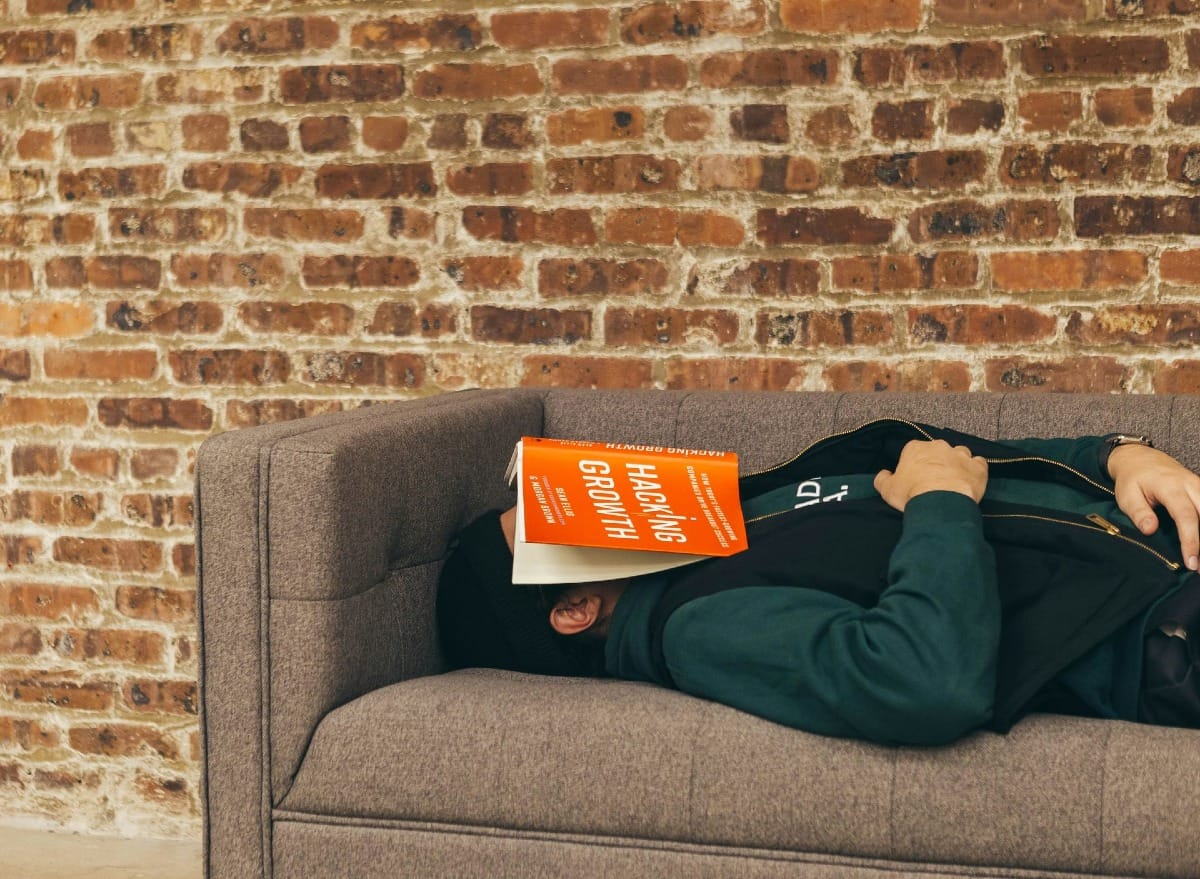
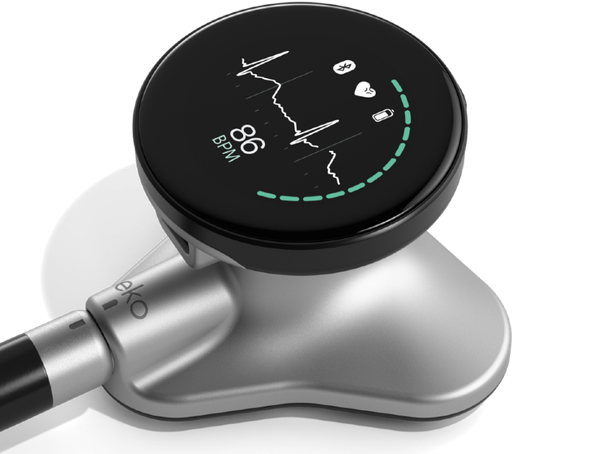

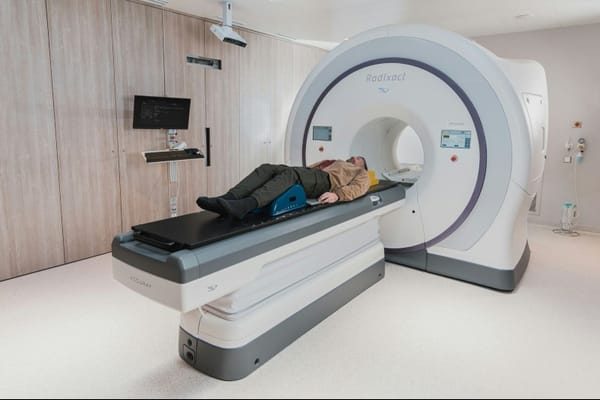

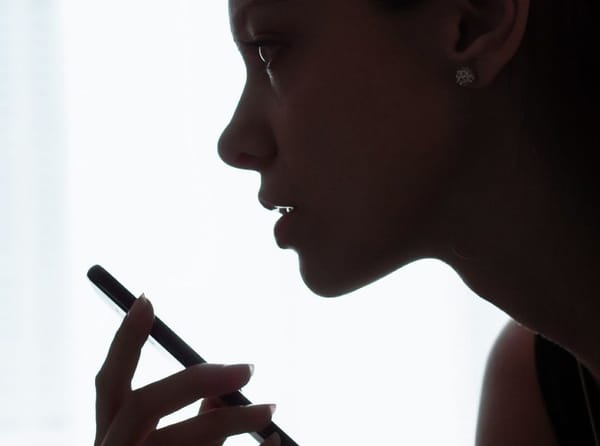
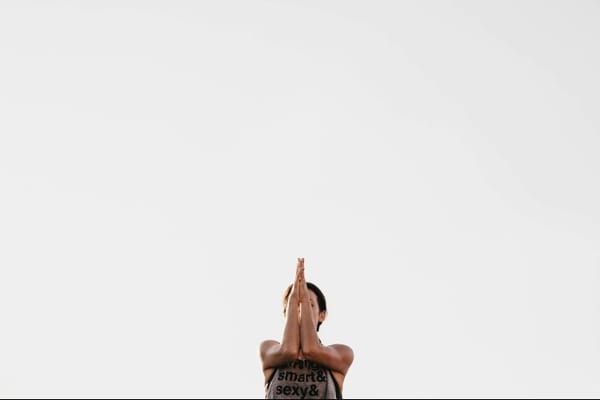

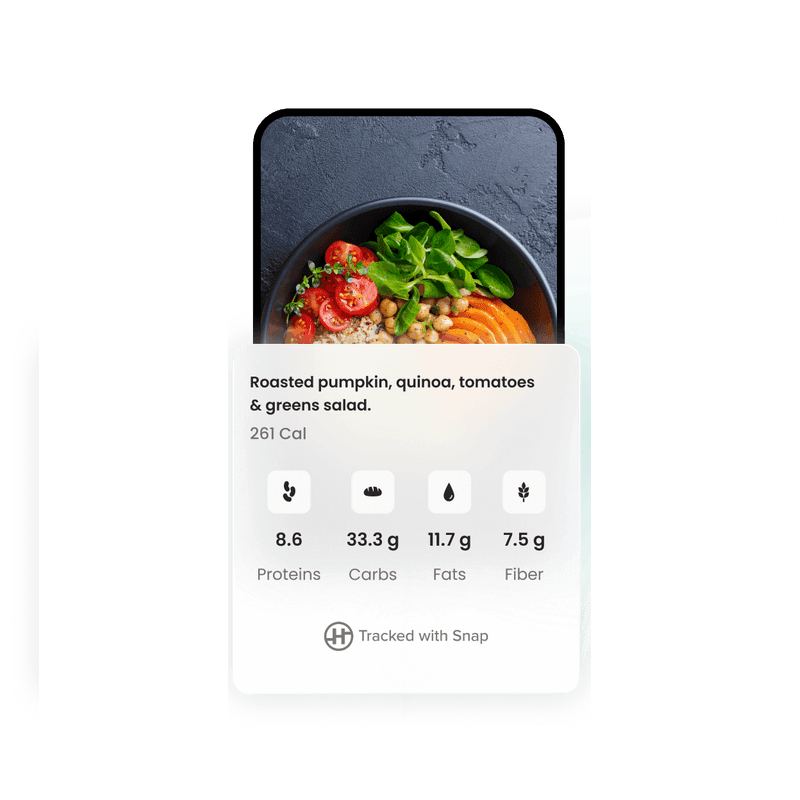

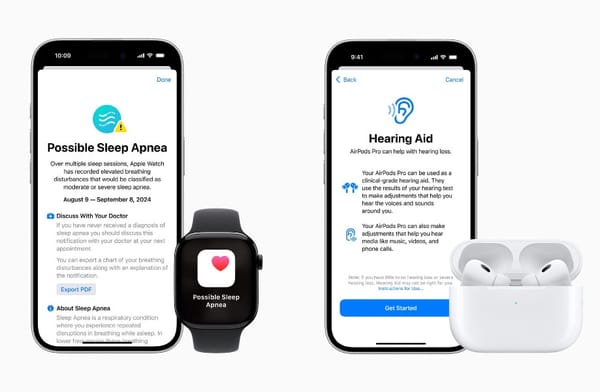

Member discussion